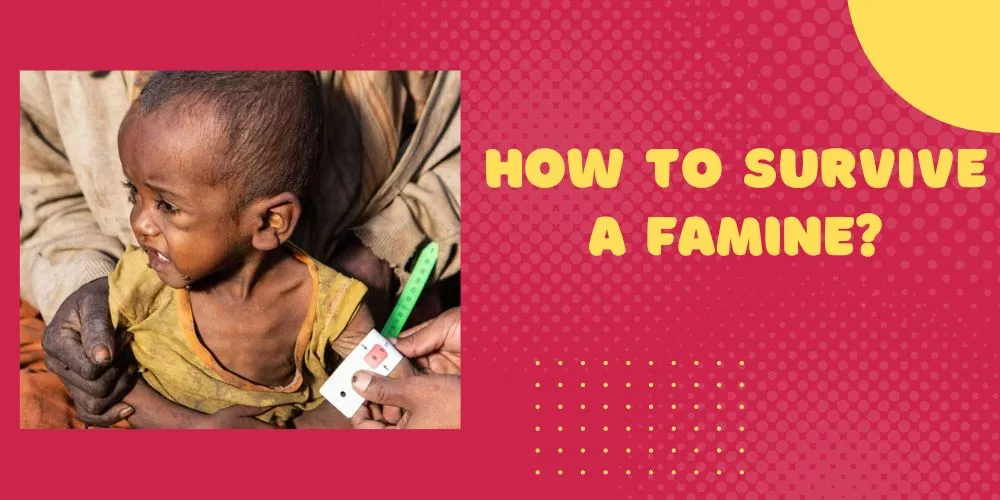In times of crisis, having a clear strategy can mean the difference between safety and chaos. Two common approaches to survival planning are bugging in and bugging out.
Bugging in refers to staying put and sheltering at home, while bugging out involves evacuating to a safer location.
Having a better understanding of this bugging in vs bugging out debate is crucial.

Because if you know the differences and considerations between the two, then you will be able to make informed decisions in times of emergency.
Understanding Bugging In
Before diving into the comparison, it’s important to understand what bugging in entails. Bugging in refers to the act of staying at home or sheltering in place during a crisis.
This strategy relies on the assumption that your home provides a secure and well-prepared location. It allows you to use your resources and maintain the familiar comforts of home.

Bugging In Advantages
- Familiarity and Comfort of Home: One advantage of bugging in is the familiarity and comfort of your own home. In times of crisis, the sense of normalcy provided by your surroundings can be a significant source of comfort and stability.
- Availability of Resources: Another benefit of bugging in is the accessibility of your resources. Your home is likely stocked with food, water, and essential supplies, providing you with immediate access to these necessities.
- Reduced Risks and Uncertainty: Bugging in can also help reduce risks and uncertainties associated with venturing outside during a crisis. By staying at home, you lower your exposure to potential dangers and potentially volatile situations.
Considerations for Bugging In
While bugging in offers advantages, certain considerations must be taken into account to ensure a successful strategy.
- Assessing the Severity of the Situation: It’s vital to assess the severity of the crisis before deciding to bug in. Some situations may require immediate evacuation for safety reasons. Stay informed through news updates and official announcements to make an informed decision.
- Ensuring a Secure and Well-Prepared Location: Bugging in relies on the assumption that your home is a secure location. Take measures to reinforce security, such as fortifying doors and windows, and ensuring the availability of backup power and communication systems.
- Stocking Up on Essential Supplies: To sustain yourself and your household during a crisis, stock up on essential supplies. This includes food, water, medical provisions, and other necessities that can support you for an extended period. Consider creating an emergency kit to have essential items readily available.
- Creating a Communication and Emergency Plan: Establish clear communication channels with your family or household members. Develop an emergency plan that outlines actions to take during various scenarios. This plan should include evacuation routes, meeting points, and contact information for emergency services.
Exploring Bugging Out
Alternatively, bugging out involves evacuating from your current location to a safer destination. This strategy is suitable when staying at home presents immediate danger or when resources and assistance are more readily available elsewhere.

Bugging Out Advantages
- Escape from Immediate Danger: Bugging out allows you to escape immediate danger. Whether it’s a natural disaster, civil unrest, or a disease outbreak, leaving the affected area can help ensure your safety.
- Access to Safer Locations and Resources: Evacuating to a designated shelter or a safer location can provide access to resources and support services not available at home. This can include food, water, medical aid, and protection from external threats.
- Potential for Community Support: Bugging out often involves joining a community of evacuees. This sense of solidarity and collective effort can provide comfort and support during a crisis.
Considerations for Bugging Out
When considering bugging out, several factors must be taken into account to maximize your chances of survival and well-being.
- Evaluating the Risk Level and Urgency to Leave: Assess the risk level posed by the crisis. Consider factors such as proximity to the danger, the ability to remain safe at home, and the availability of evacuation resources. When immediate danger is present or evacuation becomes mandatory, bugging out is likely the best course of action.
- Identifying Potential Evacuation Routes: Identify primary and alternate evacuation routes in advance. Plan based on various scenarios and factors such as traffic congestion, road closures, and the availability of transportation.
- Preparing a Bug Out Bag and Essential Items: As part of your bugging out preparations, create a bug out bag or emergency kit. This should include essential items such as food, water, important documents, clothing, first-aid supplies, and personal hygiene items. Remember to pack lightweight and portable items for ease of transport.
- Establishing a Rally Point or Destination: Determine a designated rally point or destination to regroup with family or friends after the evacuation. This ensures everyone is accounted for and provides a common meeting place to proceed together if possible.
Bugging In vs Bugging Out: Analyzing the Best Strategy
Different crises call for different strategies. Let’s discuss the best approach for various scenarios:
- Natural Disasters: During hurricanes, tornadoes, earthquakes, or floods, bugging in may be suitable if your home is structurally sound and out of immediate danger. However, if evacuations are ordered or your location becomes unsafe, bugging out becomes the better choice.
- Civil Unrest and Riots: In situations of civil unrest and riots, bugging out may be advisable if your safety is at risk. Leaving the affected area until the situation stabilizes can help ensure personal safety.
- Pandemics and Disease Outbreaks: Disease outbreaks call for careful consideration. Bugging in with sufficient supplies and following public health guidelines may be the best strategy, depending on the severity of the outbreak. However, medical advice and governmental directives should always be taken into account.
Frequently Asked Questions (FAQs)
Is it better to bug in or bug out?
The decision depends on the specific crisis, the safety of your location, and the availability of resources and support systems. Assess the risks and evaluate your preparedness to make an informed choice.
What supplies should be included in a bug out bag?
A bug out bag should include non-perishable food items, water, necessary medication, a first-aid kit, a flashlight, spare batteries, personal hygiene items, and copies of important documents.
How do you determine when it’s time to bug out?
Monitoring official news sources and following directives from local authorities can help determine when it’s time to bug out. Additionally, signs of immediate danger, such as structural damage or violence, may indicate the need to evacuate.
Can bugging out put you at risk of additional danger?
Evacuating carries risks, but when done under proper guidance and with careful planning, the benefits often outweigh the potential dangers. Evaluate the situation, consider available resources, and follow evacuation protocols to minimize risks.
Should there be a backup plan in case bugging in fails?
It’s advisable to have alternate plans in case bugging in becomes unsafe or resources are depleted. Identifying potential evacuation routes, establishing a communication plan, and having a predetermined rally point is essential.
Conclusion:
Choosing the right strategy for survival during a crisis is a significant decision that can greatly impact your safety and well-being. Bugging in and bugging out each have distinct advantages and considerations to be weighed.
Assessing the severity of the situation, evaluating available resources, and staying informed are critical steps in making an informed decision.
Whether you choose to shelter in place or evacuate, preparedness, and planning are key to navigating challenging times and ensuring the safety of yourself and your loved ones.


